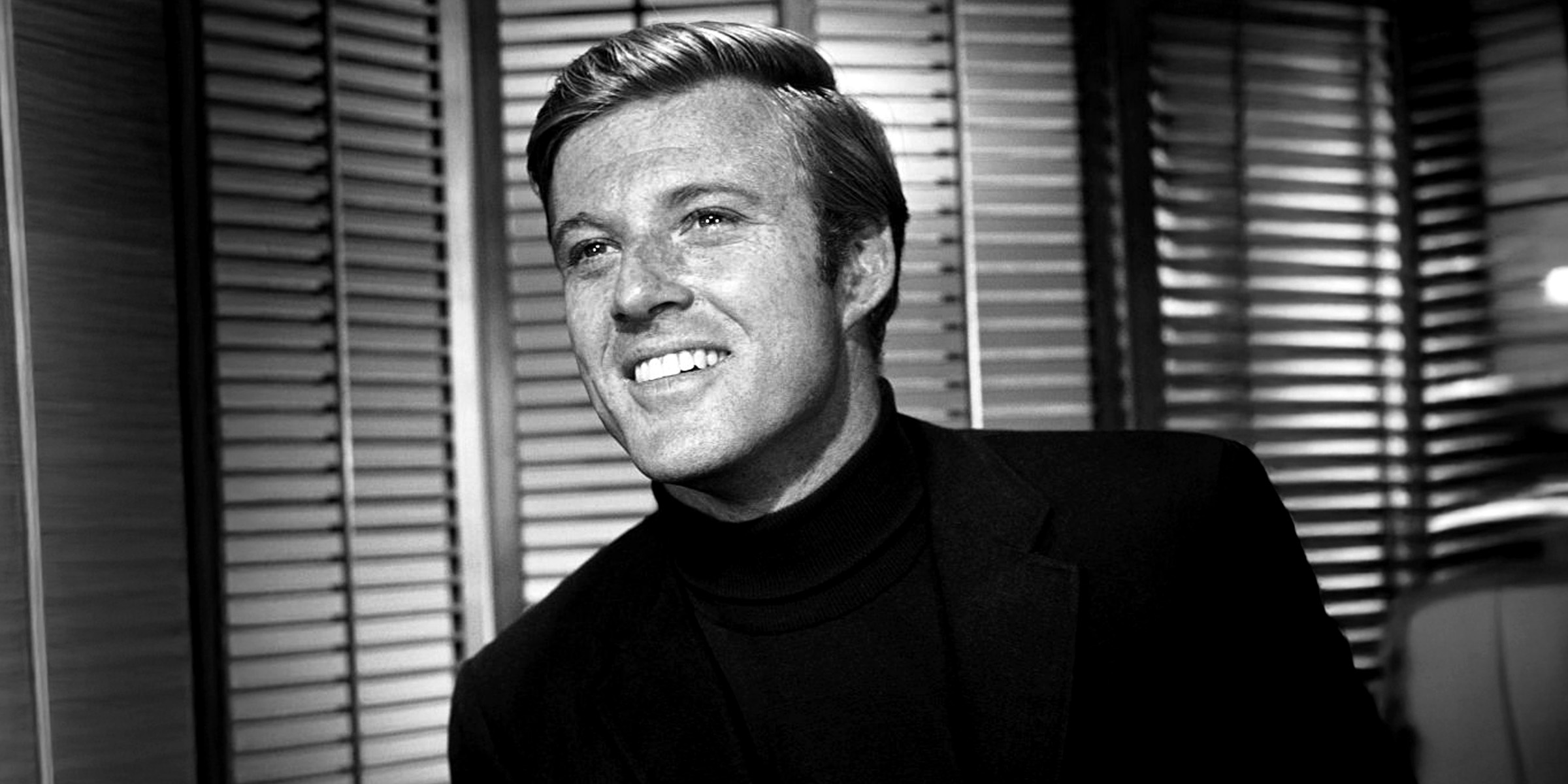
Robert Redford Initially Pursued a Profession Other than Acting
Long before the flashbulbs, before the tuxedos, before the standing ovations... he was a penniless young man chasing a dream that had nothing to do with Hollywood.
In a gripping 2016 interview, Robert Redford opened up about those early years spent hitchhiking across Europe, revealing the original career path that almost stopped him from becoming a silver screen legend.
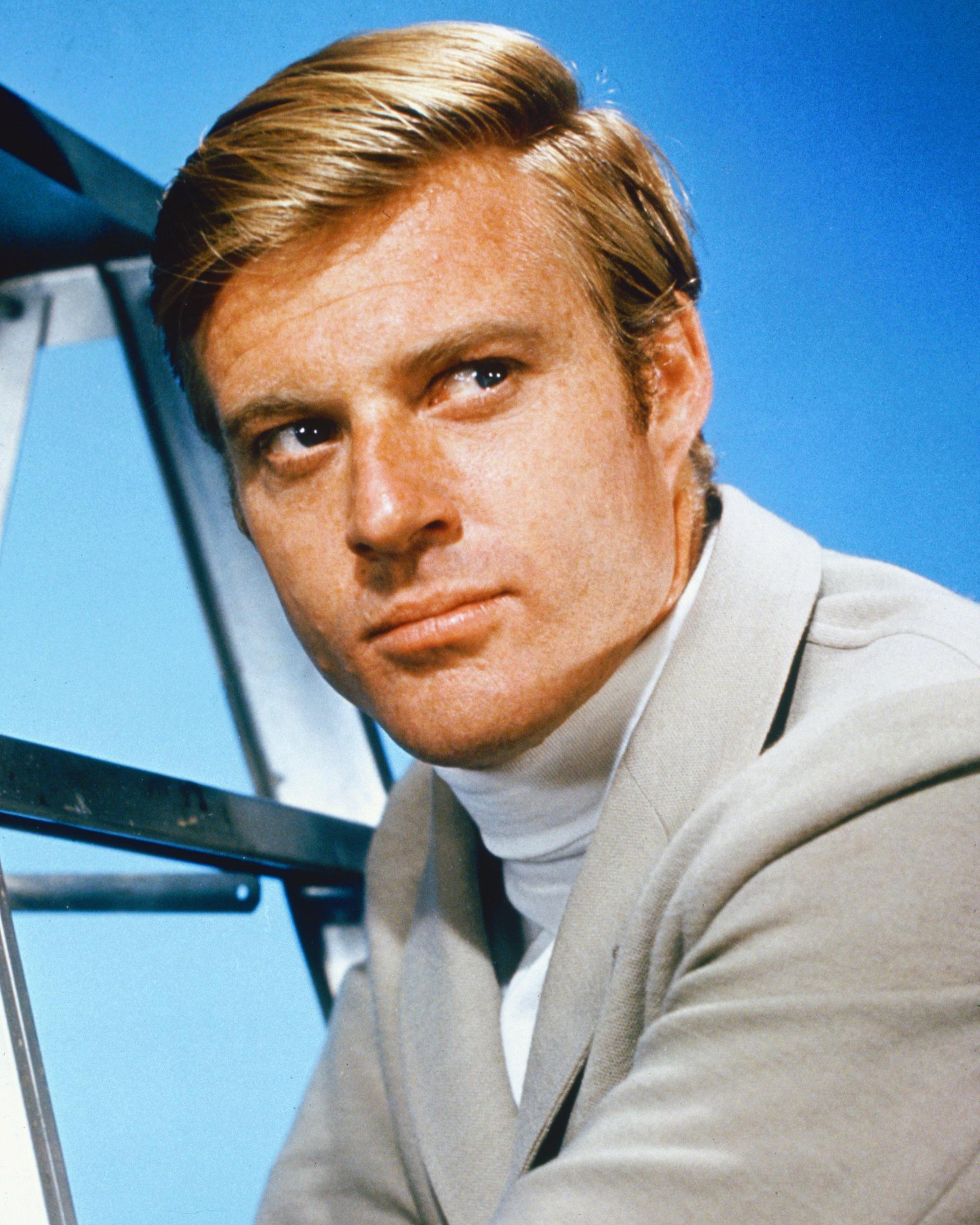
Robert Redford circa 1960 | Source: Getty Images
In a candid conversation with Walker Art, the beloved actor dropped a bombshell about a night in France, sleeping rough on a beach, steps away from cinema royalty, years before life catapulted him to global stardom.
"I was 18 or 19, and I was in Europe, living hand to mouth, staying in youth hostels, and hitchhiking from here to there," Redford recounted. "I was leaving Paris. I was on my way to Florence, Italy, to go to a different art school."
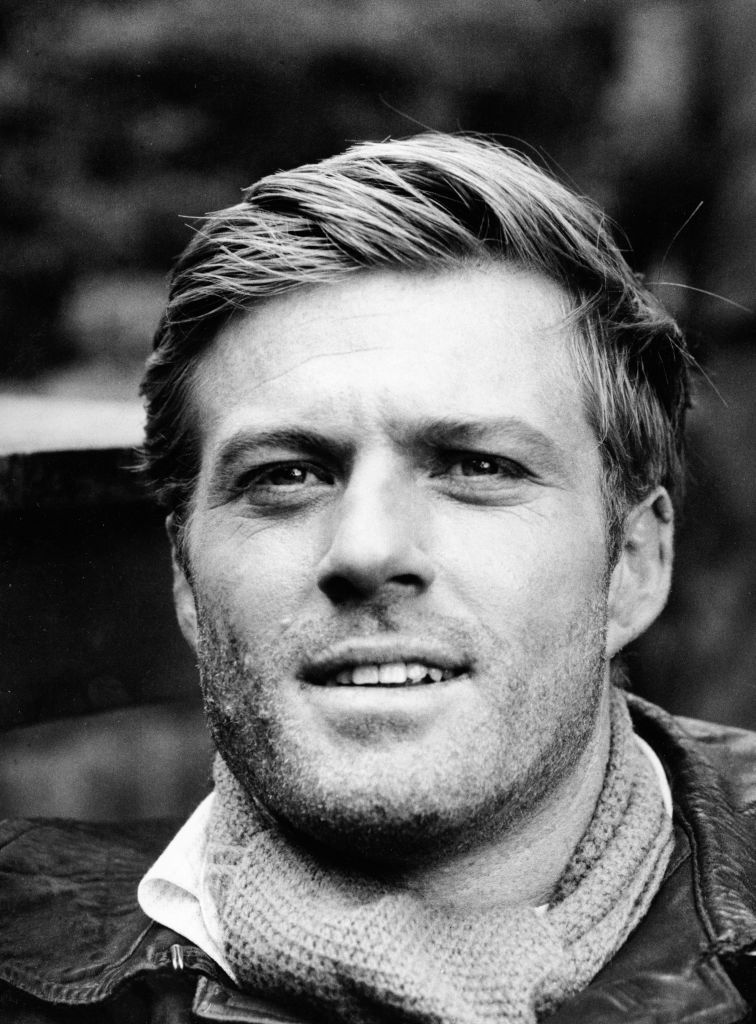
Robert Redford circa 1960 | Source: Getty Images
The actor also said that it was winter, and he had finally left Switzerland, arriving at Cannes, where the weather was a bit better.
Homeless in Paradise
But a warmer climate didn't mean comfort. Not for the young wanderer with a sleeping bag and a dream. Surrounded by opulence but unable to afford even a bed, Redford scouted the shoreline of Cannes, a glittering jewel of the French Riviera, and made a bold decision: he would sleep under a pier.
During the interview, Redford also recounted how he saw the Hotel Carlton from his sleeping spot, wondering what it would be like to be all dressed up in that building and having a great time. But fate had something planned for him.
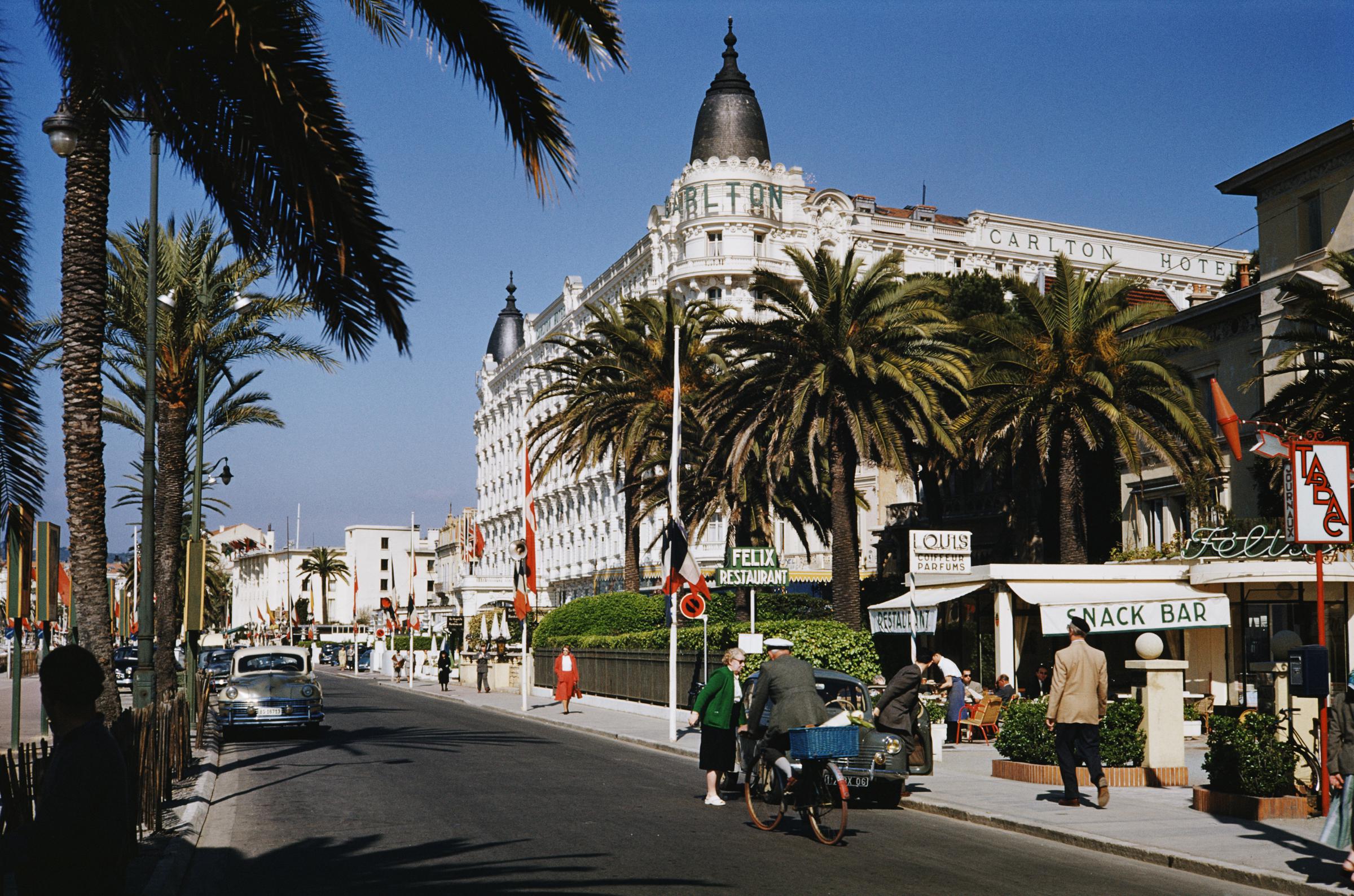
The Carlton Cannes, circa 1960, in Cannes, France | Source: Getty Images
From Beach Bum to Red Carpet Royalty
Years later, after his performance in "Jeremiah Johnson," Redford returned to Cannes, not as a dreamer sleeping in the shadows, but as a superstar basking in the spotlight. This time, he wasn't peering up at the Carlton — he was staying in it.
At one point during his stay, he stepped onto the balcony, looked out at the crowds, then gazed past them to the very pier where he once slept alone, and he said, "Jesus."

Robert Redford accompanies his wife Lola Van Wagenen during the Cannes Film Festival circa 1972, in Cannes, France | Source: Getty Images
The Man Who Changed It All
But Redford’s extraordinary shot to fame may never have happened without the help of one man: Paul Newman.
In a revealing 2017 interview with Esquire, Redford didn’t hold back when crediting the late actor for changing the course of his life.
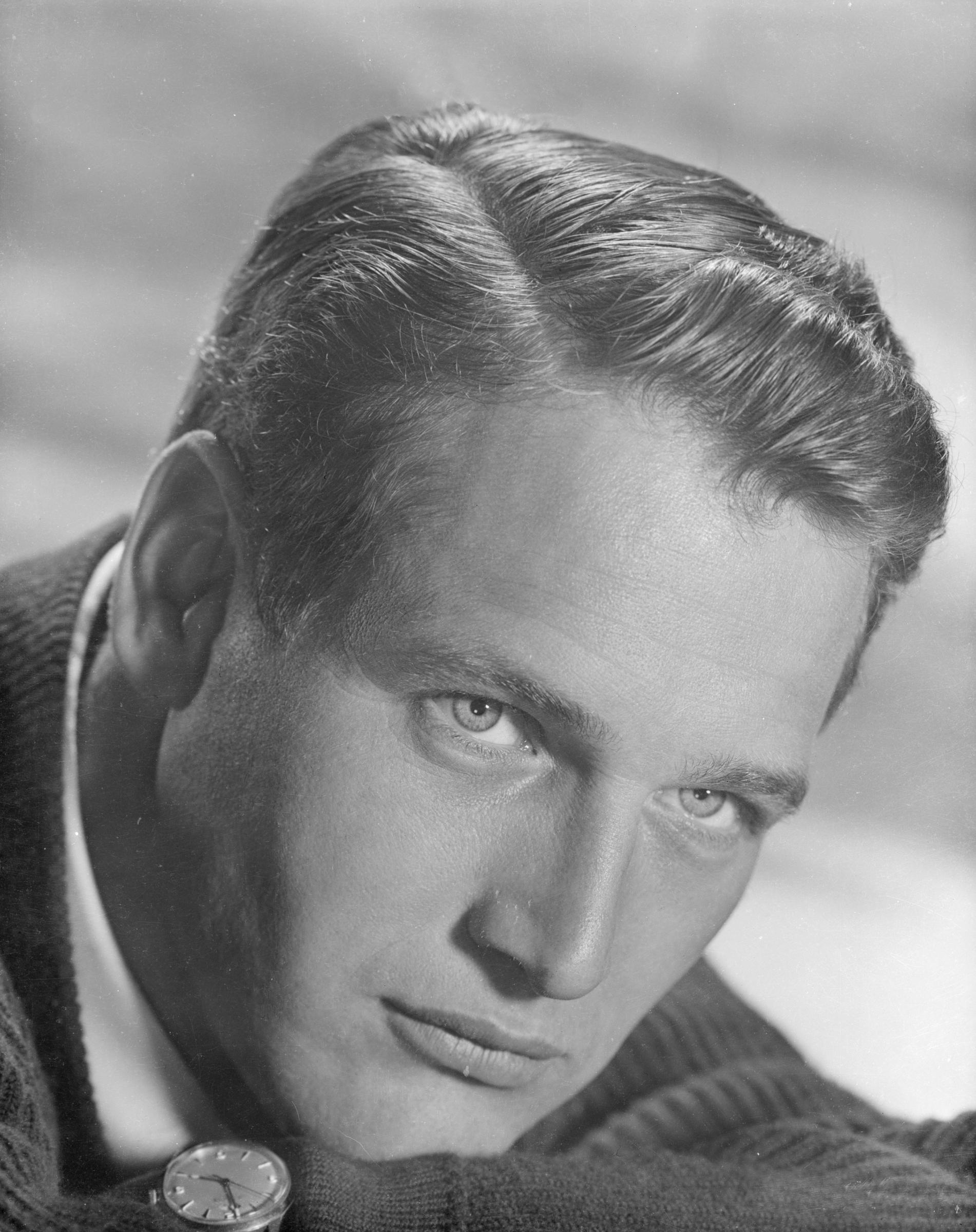
Paul Newman circa 1955 | Source: Getty Images
"He agreed to have me in the movie [Butch Cassidy and the Sundance Kid] that I shouldn't have been in. He was that generous. The studio wanted Steve McQueen, they wanted Marlon Brando, they wanted big-name people. And I was not that," Redford told the magazine.
At the time, he was still climbing, with only "Barefoot in the Park" and a few modest credits to his name. Despite the studio's lack of faith, director George Roy Hill and screenwriter William Goldman had confidence in him.
Hill encouraged him to meet Newman, who was 11 years older than Redford. They spent a night getting to know each other, and the "Cool Hand Luke" actor decided Redford was the right person.
"He stood up for me. They didn't pay me anything. [...] But that generosity really struck me hard, that he could be that generous and have that kind of integrity," Redford explained.
And from that act of kindness, a lifelong friendship was born.
From On-Screen Outlaws to Off-Screen Soulmates
When Newman passed away in 2008, Redford reflected on their friendship in an interview with ABC. The actor opened up about the deep, almost brotherly bond they shared.
"So the partnership in the movie that started cinematically then became -- it just sort of went into life in a very natural way. So we became friends, then we did the other film, 'Sting,'" the actor said. "[...] By that time, we had developed a friendship that then grew beyond that. So over time, because I lived in Connecticut for a while, about a mile from him, we got even closer then."
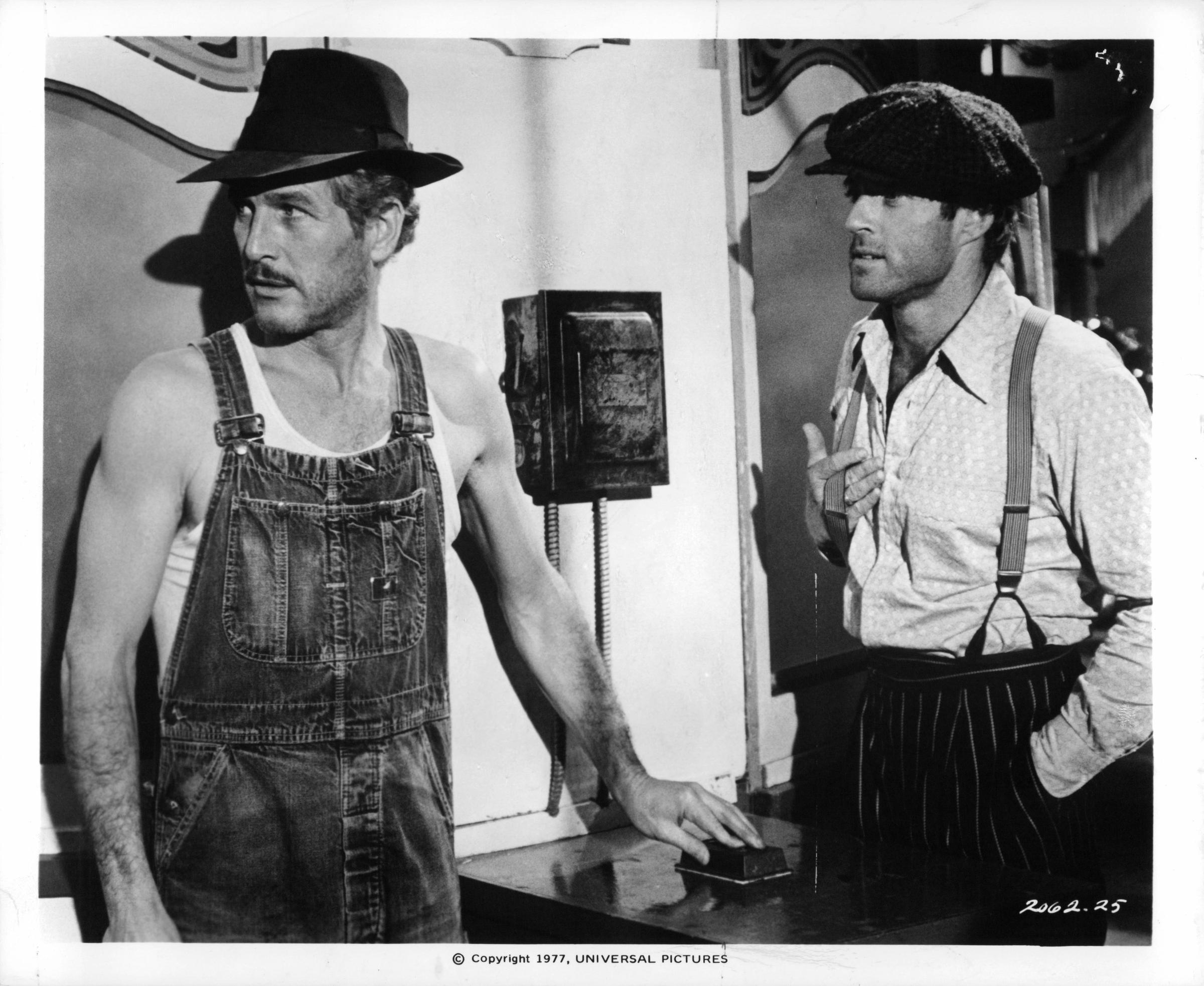
Paul Newman and Robert Redford during a scene from "The Sting" in 1973 | Source: Getty Images
Redford also said he admired Newman's values, which aligned with his own.
The Artist Who Never Left
Despite becoming one of the most recognizable faces in film, Robert Redford never truly abandoned his first love: art. His wife, Sibylle Szaggars, a gifted visual artist and activist, remained the center of his creative world. Redford not only supported her from the sidelines, but he also took part in some of her projects.
For example, he narrated "The Way of the Rain - Hope for Earth," a stunning multimedia performance blending painting, music, poetry, and light.
A Legend Gone
Now Redford has reunited with his friend Newman. As previously reported, the actor died on September 16, 2025. He was 89. His passing marks the end of an era for both mainstream blockbusters and the fiercely creative world of independent film.
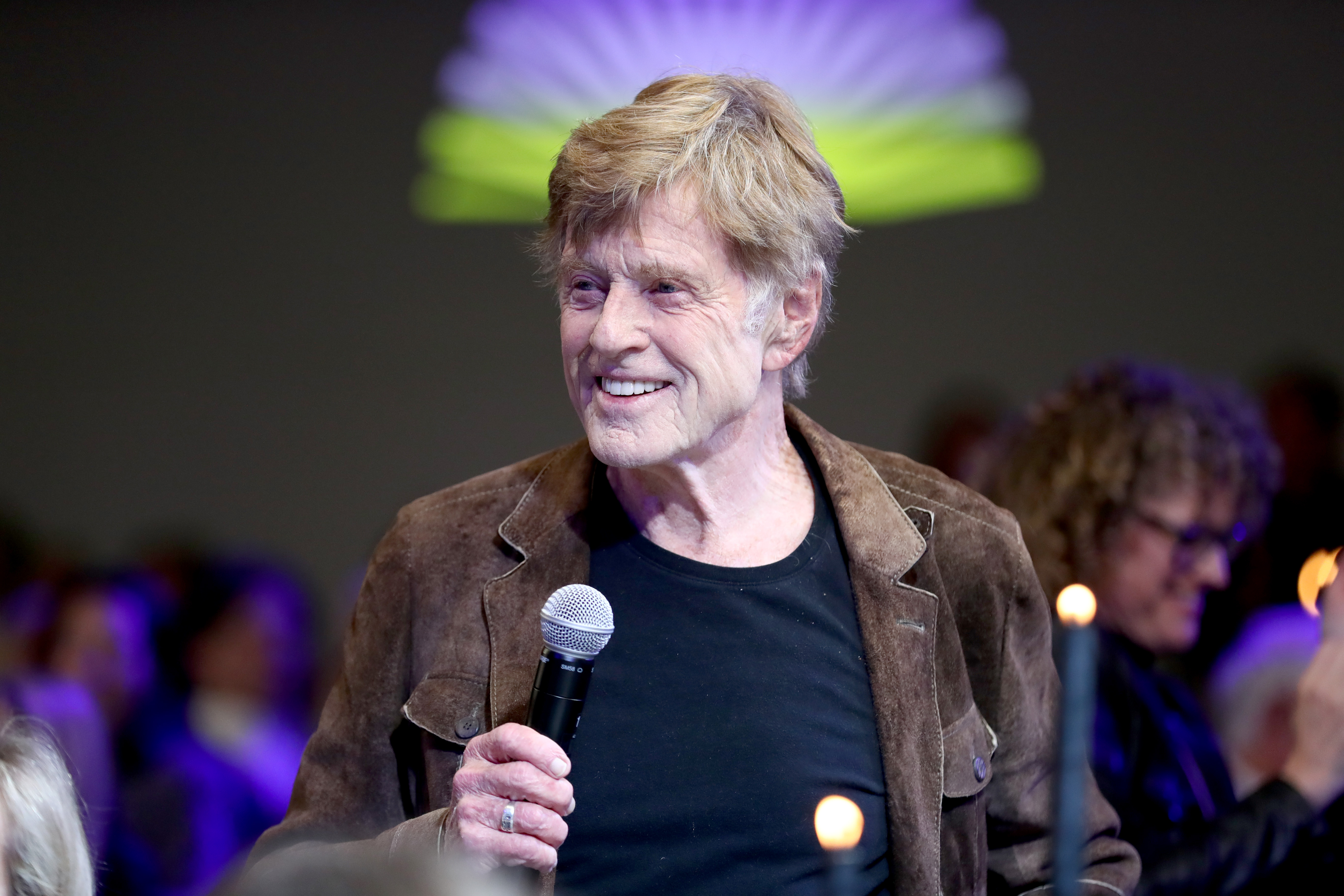
Robert Redford during Sundance Institute's "An Artist at the Table Presented by IMDbPro" at the 2020 Sundance Film Festival on January 23, 2020, in Park City, Utah | Source: Getty Images
The news came on Tuesday in a solemn statement from Cindi Berger, chief executive of Rogers & Cowen PMK. The actor had reportedly died in his sleep, but the cause has yet to be revealed.
From Leading Man to Industry Powerhouse
Redford wasn't just a beloved actor; he was a cultural force whose work redefined what American cinema could be. While he never shied from stardom, his real passion lay in creating films that would influence the cultural landscape and not just entertain.
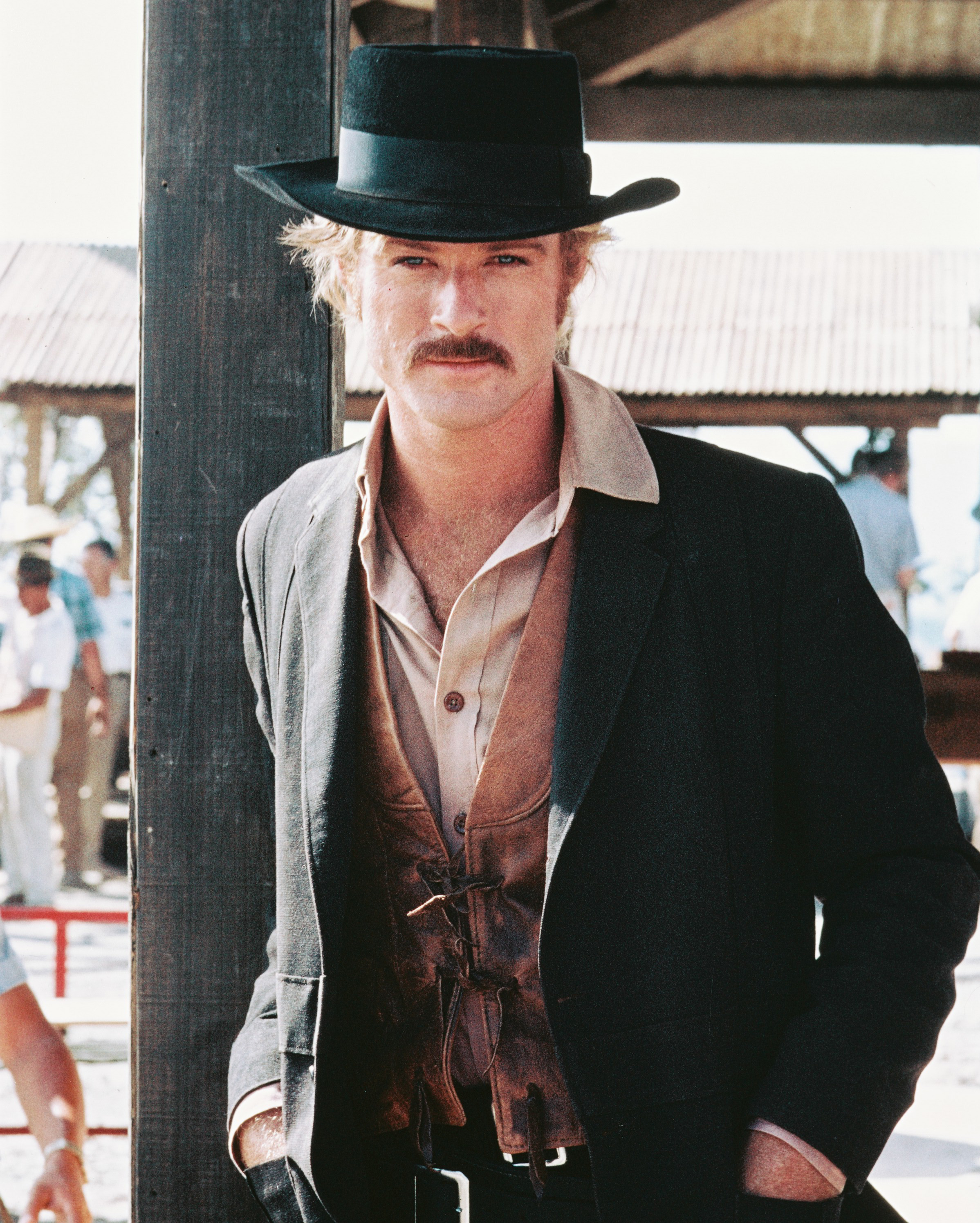
Robert Redford poses in a Western costume for a publicity portrait for the film "Butch Cassidy and the Sundance Kid" in 1969 | Source: Getty Images
He was unforgettable as the charming outlaw in "Butch Cassidy and the Sundance Kid" (1969), and hauntingly driven in the political thriller "All the President's Men" (1976).
But his catalogue of iconic roles didn't stop there. His other celebrated films include "Three Days of the Condor," "The Sting," "Barefoot in the Park," "The Way We Were," and the sweeping romantic drama "Out of Africa" with Meryl Streep.
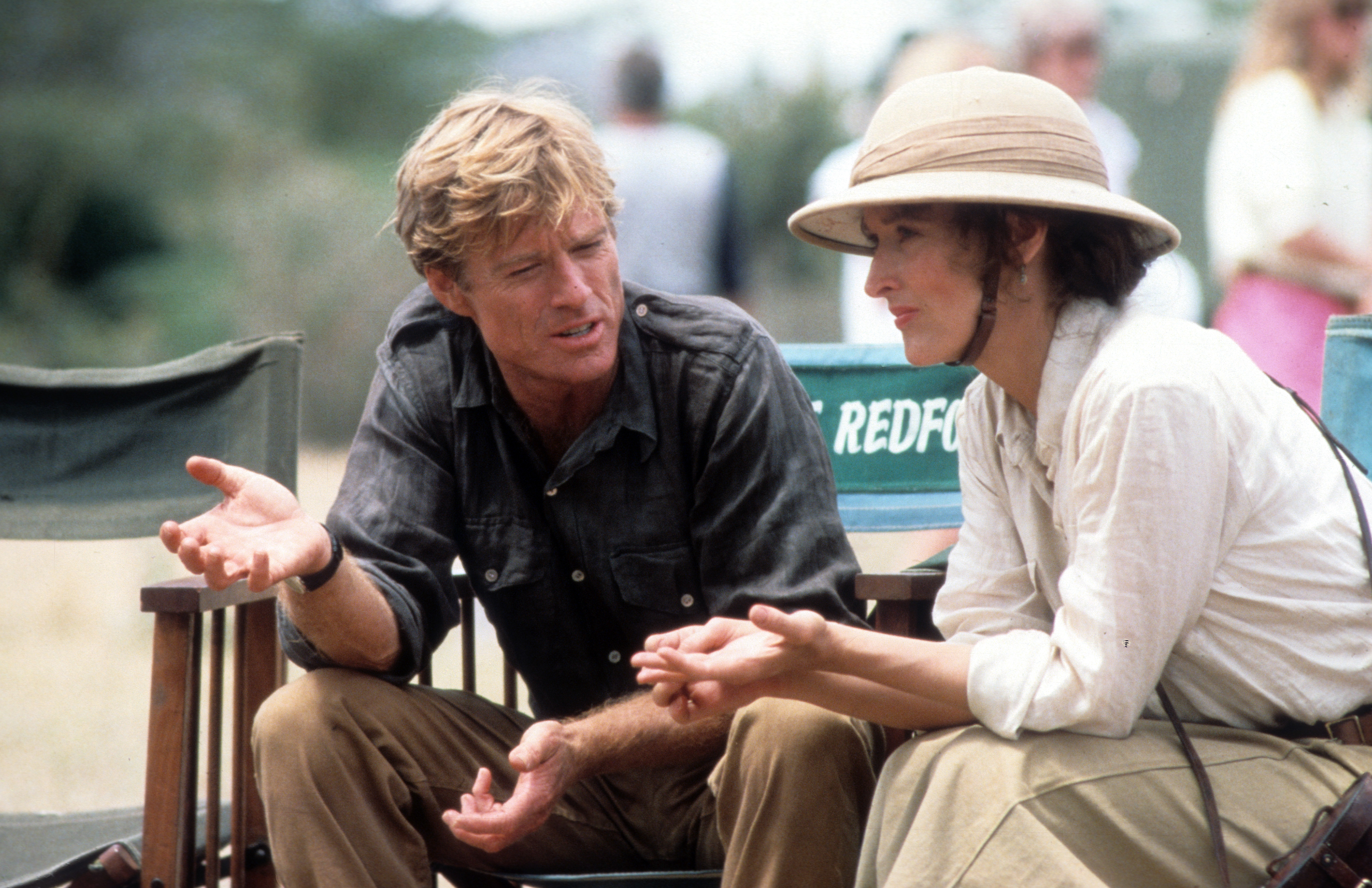
Robert Redford and Meryl Streep during production for the film "Out of Africa" in 1985 | Source: Getty Images
A Director with Purpose, and Nothing to Prove
By his 40s, Redford was no longer content to just command the screen. He stepped behind the camera and proved he could master every corner of the craft.
In 1980, he released "Ordinary People," a devastating family drama that stunned critics and audiences alike. The film went on to win three Academy Awards, including the coveted Best Picture, cementing Redford's status as a true auteur with an eye for emotionally raw storytelling.
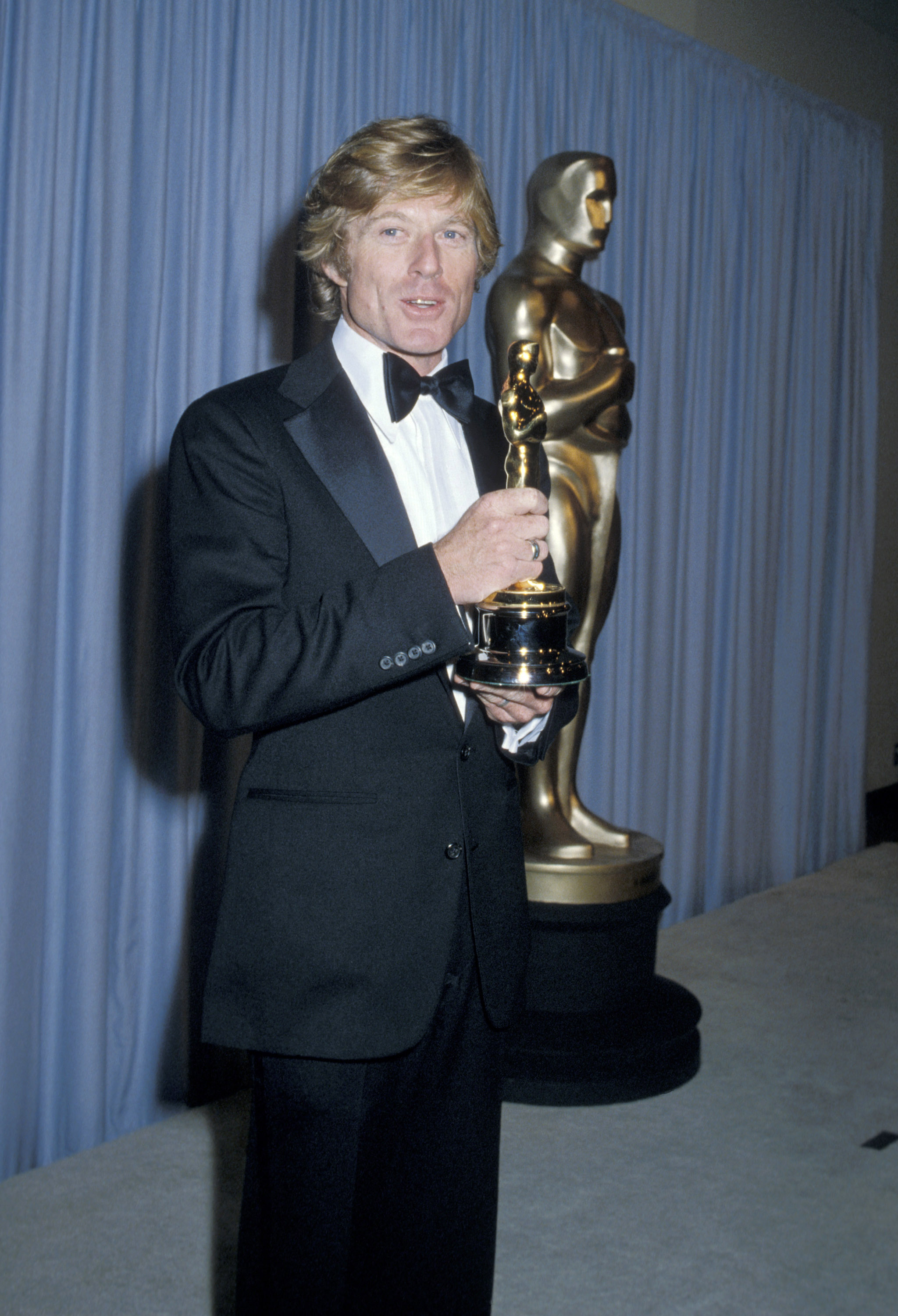
Robert Redford holds his trophy after winning Best Director for "Ordinary People" during the 53rd Annual Academy Awards on March 31, 1981, in Los Angeles, California | Source: Getty Images
A few years later came "The Milagro Beanfield War," a project less successful by box office standards, but a bold creative swing nonetheless. Still, he refused to make anything he didn't believe in, and that integrity defined every choice he made behind the lens.
He followed it with the breathtakingly beautiful "A River Runs Through It" (1992) and the sharp, politically charged "Quiz Show" (1994), which earned four Oscar nominations, further proof that his instincts were never wrong, even when the subject matter was complex or uncommercial.
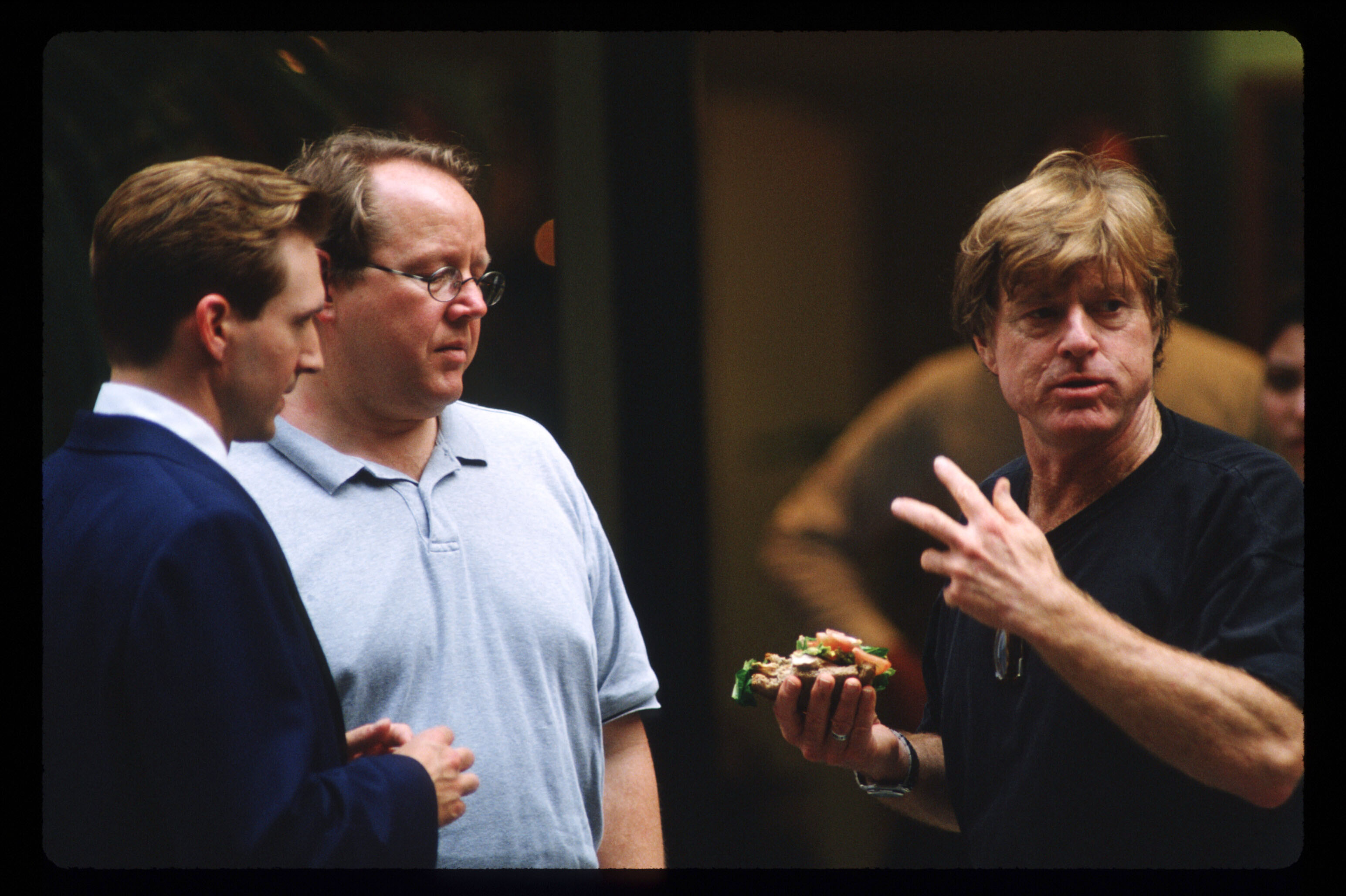
Robert Redford speaks with Ralph Fiennes while directing a scene from his new film "Quiz Show" on June 19, 1993, in New York City | Source: Getty Images
In his final years, Redford made one last, understated turn on the small screen in the series "Dark Winds," where he made a cameo next to author George RR Martin. They play two prisoners playing chess in the first episode. Redford also produced 20 episodes of the show.
A Legacy That Changed Cinema
But perhaps his most powerful contribution was behind the scenes, where he helped shape the future of film through mentorship, vision, and grit.
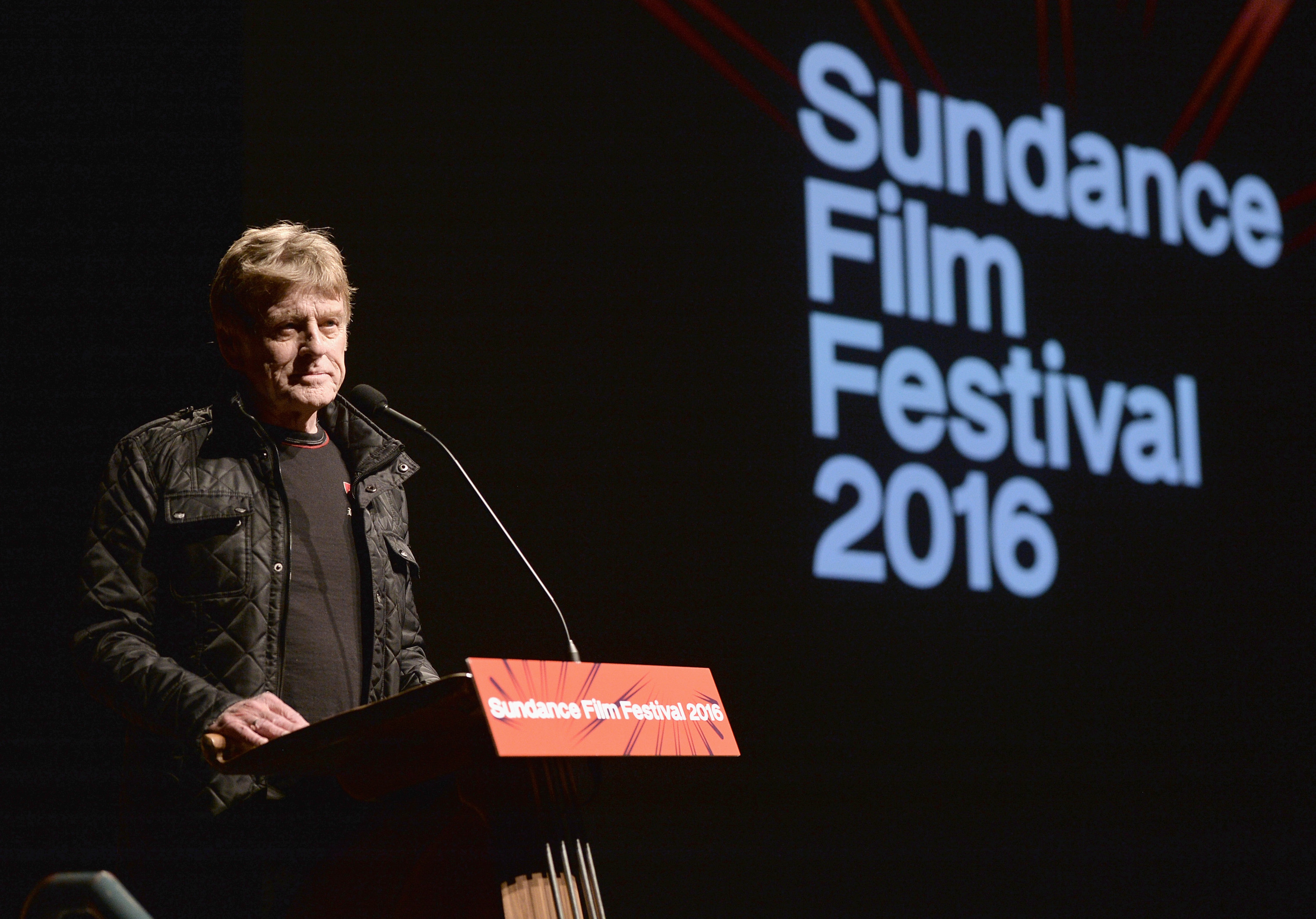
Robert Redford speaks at the "Norman Lear: Just Another Version Of You" Premiere during the 2016 Sundance Film Festival at Eccles Center Theatre on January 21, 2016, in Park City, Utah | Source: Getty Images
In 1981, Redford founded the Sundance Institute, a nonprofit dedicated to discovering and nurturing new ideas and people in cinema. Three years later, he took over a faltering Utah film festival, renamed it Sundance, and transformed it into one of the most important movie platforms in the world.
